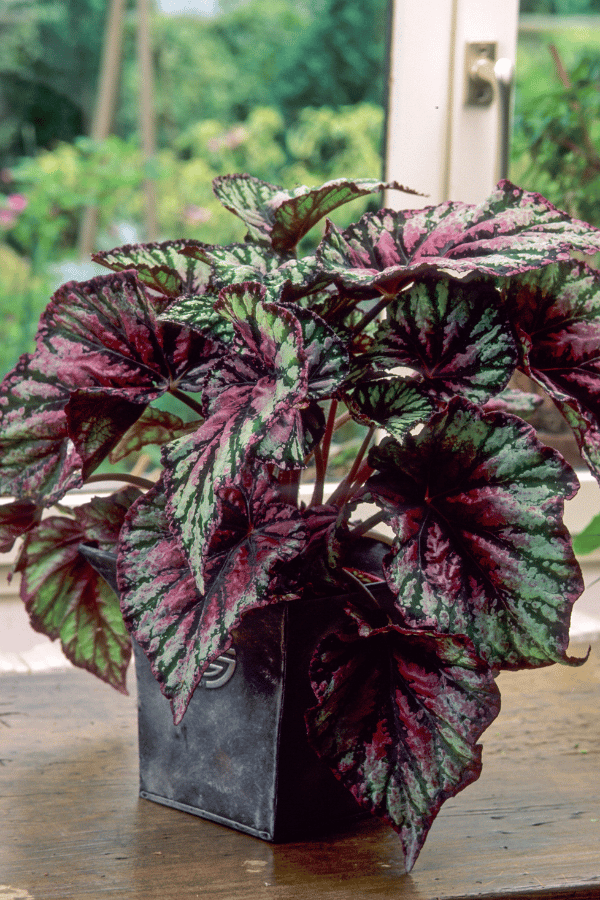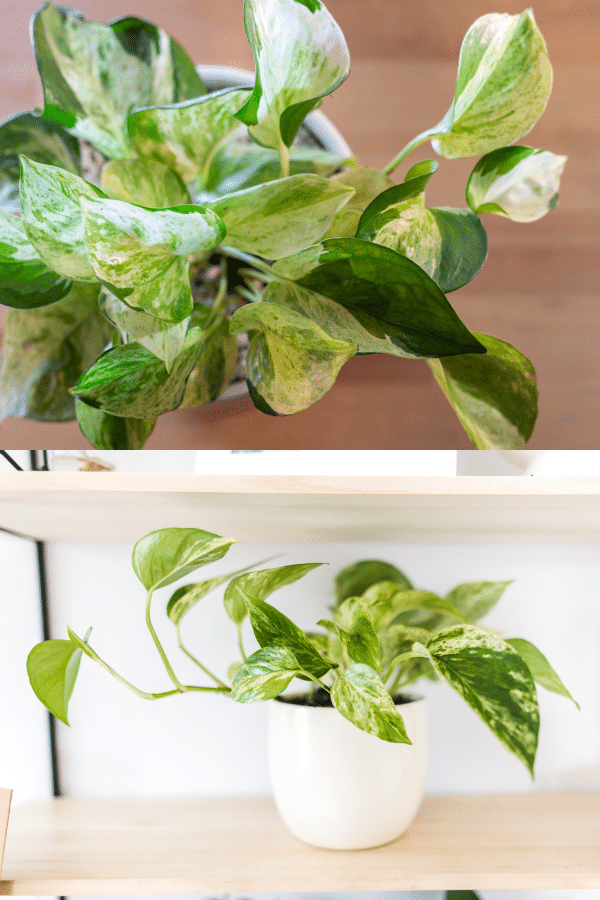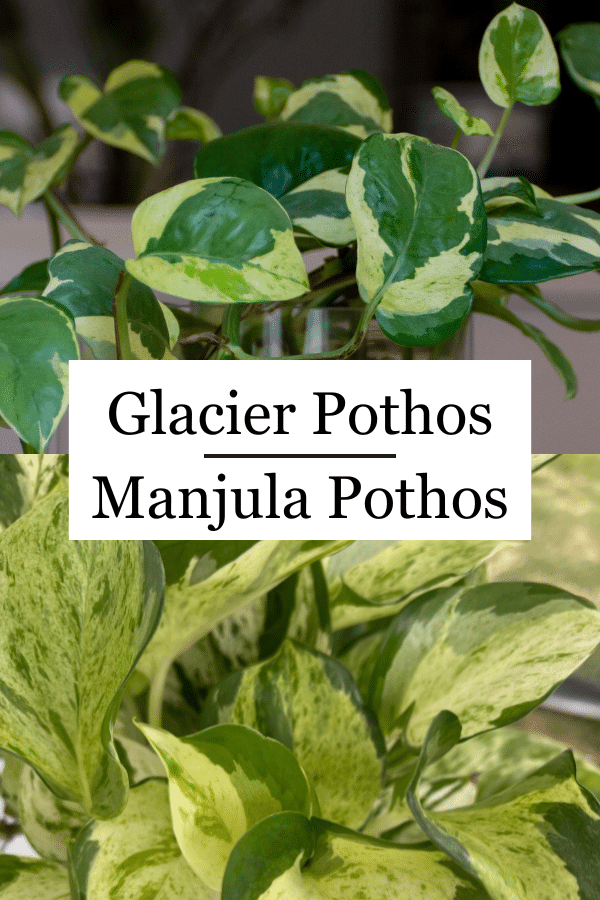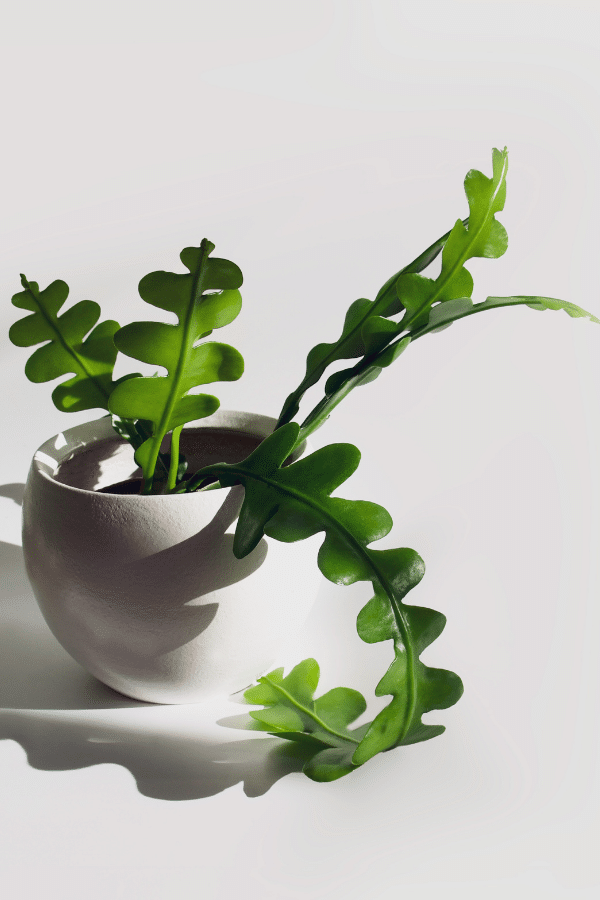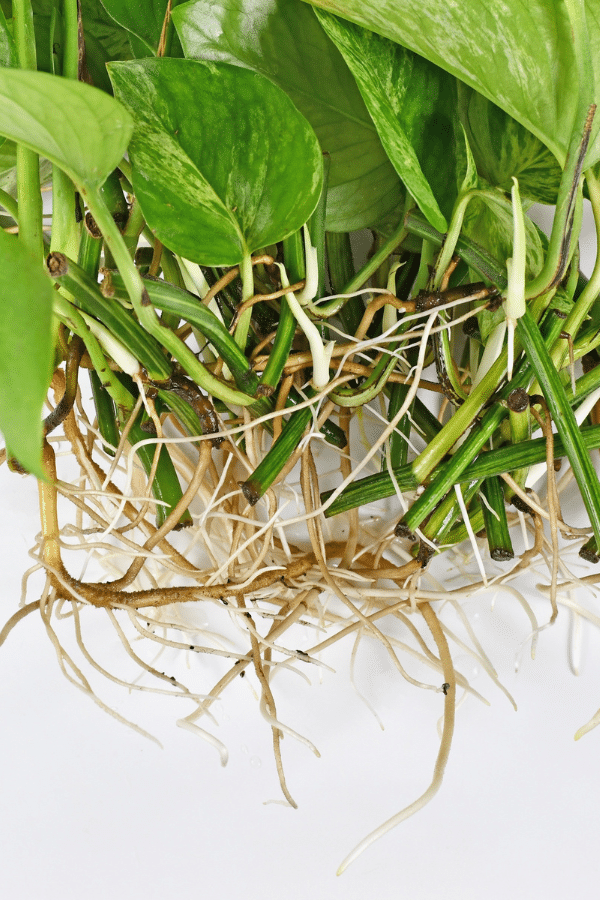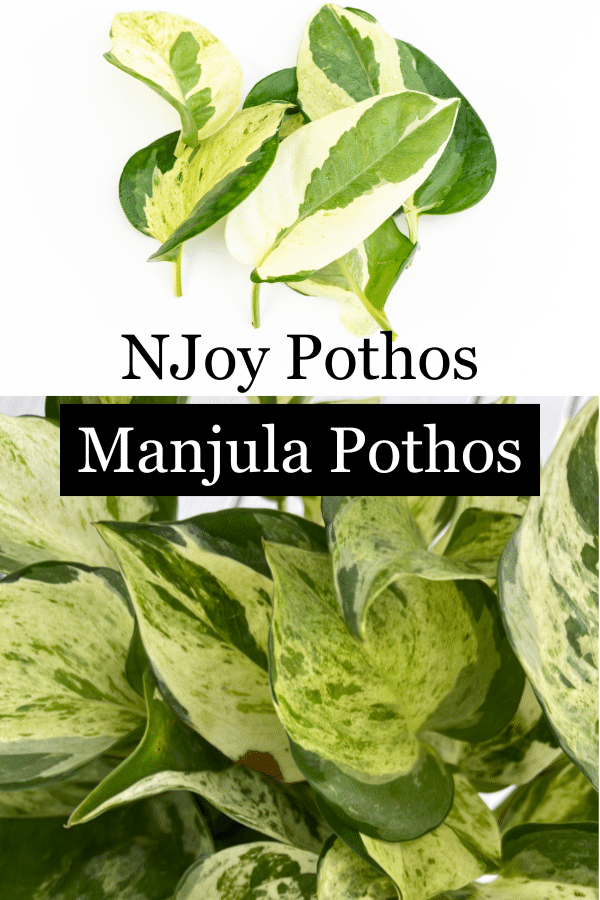Jewel Orchid
Scientific Name: Ludisia Discolor
Jewel Orchid care is an easy plant to grow and care for as long as you can provide them with a warm, humid, and bright environment. If you are looking for a small plant with black to pink velvety leaves, a Ludisia Discolor plant may be for you.
To give this Orchid plant the best care, it requires an orchid potting mix for soil, water the plant when the top two inches of the soil is dry, provide it with bright indirect sunlight, temperatures ranging from 60-80F, and high humidity levels.
Quick Care Overview
| Common Name | Jewel Orchid |
| Scientific Name | Ludisia Discolor |
| Family | Orchidaceae |
| Origin | Southeast Asia |
| Growth Rate | Fast |
| Identification | Velvet foliage with pink veins |
| Height | Up to 12 inches tall |
| Soil | Orchid potting mix |
| Water | Water when the soil is dry |
| Temperature | 60-80F |
| Sunlight | Bright indirect sunlight |
| Toxic to Cats & Dogs | No |
| Toxic to Humans | No |
| Pests | Scale, fungus gnats, mealybugs |
| Diseases | Root rot |
Below we will dive deep into this Jewel Orchid care guide.
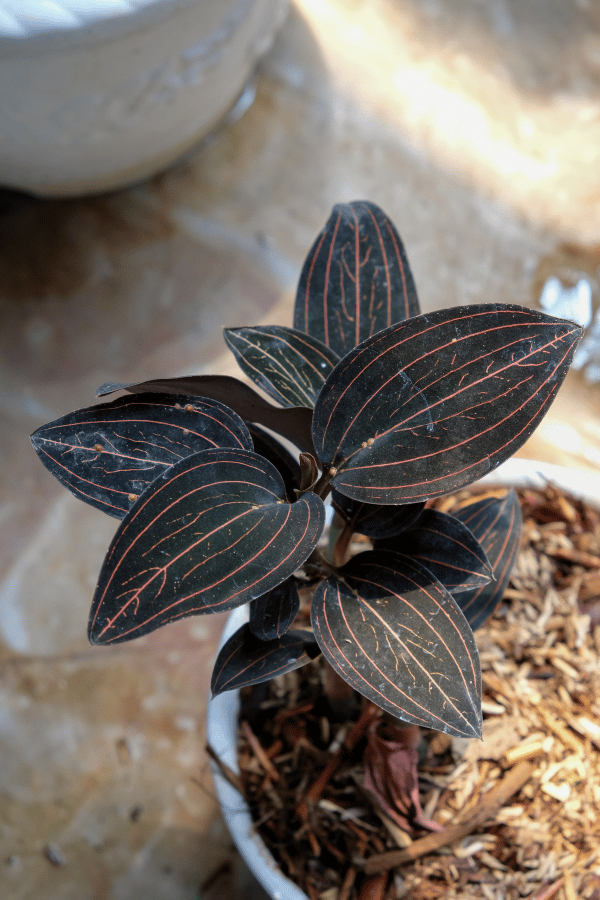
Jewel Orchid History
Ludisia Discolor, more commonly known as the Jewel Orchid, is a unique orchid species that presents with ovate-shaped dark foliage with pink veining. Jewel orchids will bloom once annually, making this orchid more desirable for its unusual foliage rather than its blooms.
Jewel Orchid Identification
Jewel Orchids produce white blooms on long flower spikes annually. It has velvety near-black foliage with pink veins.
Jewel Orchid Growth Facts
This fast-growing orchid will thrive in bright, indirect light. While it will tolerate low-light conditions, providing your jewel orchid with sufficient light will encourage blooming.
How Big Does a Jewel Orchid Get?
Jewel Orchids may grow up to 12 inches long.
Jewel Orchid Care
Jewel Orchids require little care as long as you keep them warm and humid and provide them with bright, indirect sunlight.
Jewel Orchid Soil
Unlike other orchids, the Jewel Orchid will do best if grown in standard commercial potting soil instead of orchid potting mix. You may increase the drainage capacity of your soil by incorporating perlite.
Jewel Orchid Fertilizer
Your Jewel Orchid will benefit from a monthly feeding from a diluted, balanced, liquid fertilizer indicated for houseplants. Do not feed your plant during the winter. Ensure that you follow all label instructions and do not over-fertilize.
Jewel Orchid Watering
You should water your Jewel Orchid as soon as the top inch of soil has dried. Watering frequency may be reduced in winter. The soil of your Jewel Orchid should remain consistently damp but not oversaturated with water. Signs of overwatering include withered foliage, slow growth, and rapid flower drop.
Jewel Orchid Light Requirements
Jewel Orchids require bright indirect light and will not thrive in direct sunlight or low-light areas. A northern-facing window will be perfect for a Jewel Orchid. An orchid receiving too much sunlight will lose its vibrancy and begin to fade.
Jewel Orchid Temperature & Humidity
Jewel Orchids will do best if kept in warm, humid environments. You should strive to keep your Ludisia Discolor between 70-80 degrees Fahrenheit, except to encourage blooming in fall and winter, inn which temperatures should be reduced. When encouraging blooming, keeping your jewel orchid between 60-70 degrees Fahrenheit is best. You should never expose your jewel orchid to temperatures below 60 degrees Fahrenheit, as this may cause permanent damage. Additionally, this plant is sensitive to quick changes in temperature. Your jewel orchid will flourish if kept in humidity levels between 50-60%. You may assist the growth of your jewel orchid by installing a humidifier or pebble tray.
Repotting Jewel Orchid
You should repot your Jewel Orchid annually in the spring. Select a container that is 1-2” larger than the previous one. Repot your orchid, refresh the soil, tamp lightly, water thoroughly, and place your orchid in indirect sunlight.
Jewel Orchid Maintenance & Pruning
The Jewel Orchid will rarely need to be pruned. Flowers stalks may be removed if you wish to redirect the plant’s energy to foliage production rather than blooms.
Jewel Orchid Propagation
Jewel Orchids may be propagated through stem cuttings or root division. To propagate, cut a piece of stem with a couple of leaves, plant the stems in soil and water thoroughly. Next, cover the container with a bag to trap in moisture. Keep the cuttings moist. Within two months, roots should appear. Alternatively, the jewel orchid may be propagated through root division. Division may easily be done during repotting. While repotting, divide the root ball into sections and plant each section into its own container. Refresh the soil, water thoroughly, and place them in indirect light.

Jewel Orchid Toxicity
Toxicity to Humans
Jewel Orchids are not considered toxic to humans. However, they are not considered edible and should not be consumed.
Toxicity to Cats & Dogs
Jewel Orchid is not considered toxic to cats or dogs and is safe for them to be around. However, you still should not allow your pet to consume this plant, as it may cause damage to the plant or digestive upset.
Jewel Orchid Problems
Jewel Orchid Leaves Turning Yellow
When the foliage of the Jewel Orchid turns yellow, it is typically due to overwatering. Allow the soil to partially dry before rewatering. Additionally, ensure that your jewel orchid is not allowed to sit in standing water from within the plant containers drainage tray,
Jewel Orchid Leaves Turning Brown
When the foliage of your Jewel Orchid turns brown, it is typically due to too much direct sunlight. Alternatively, browning may be due to underwatering or disease.
Jewel Orchid Diseases
Although the Jewel Orchid is considered relatively disease resistant, it may become susceptible to infection due to its high moisture requirements. Therefore, ensure that your plant has well-draining soil, good air circulation and is not allowed to sit in excess standing water from within the plant container’s drainage tray.
Jewel Orchid Pests
Jewel Orchids may be affected by common indoor houseplant pests such as mealybugs or scale. Periodically inspect your plant for signs of infestation. Upon identification of an infestation, isolate your plant and treat it with a pesticide, such as neem oil or insecticidal soap.

